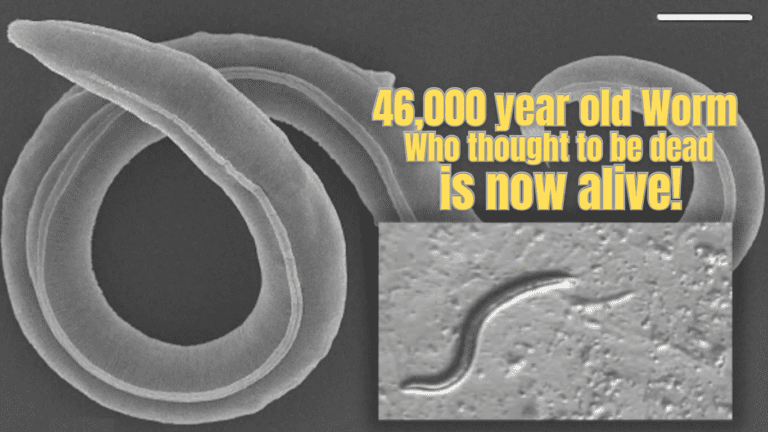MIT scientists have taken a significant step toward reducing the reliance on insulin injections for diabetes management.
In a recent study, they successfully implanted a medical device inside mice capable of producing its insulin supply for up to a month. Although further research is necessary before this technology is applied to humans, it holds promise for improving diabetes treatment.
Role of Insulin
Insulin, a critical hormone, facilitates the transfer of glucose from the bloodstream into cells for energy utilization. When this process malfunctions, it can result in chronic high blood sugar levels and the onset of diabetes. Type 1 diabetes occurs when the immune system attacks pancreatic cells responsible for insulin production.
People with type 1 diabetes and eventually many with type 2 cannot produce sufficient insulin. And they require regular injections to manage their blood sugar levels.
Although injectable insulin has revolutionized diabetes treatment, individuals with diabetes still face an elevated risk of health complications. Consequently, scientists are actively seeking ways to enhance insulin delivery.
Advancements in Islet Cell Transplantation
One promising avenue of research is islet cell transplantation, which aims to restore natural insulin production by utilizing islet cells from suitable donors. However, this experimental procedure currently necessitates the lifelong use of immune-suppressing drugs to prevent the rejection of donor cells.
This device would protect the cells from the immune system while enabling them to produce insulin as needed.
Oxygen Supply Challenges
MIT has found a solution to the problem of providing a stable supply of oxygen to donor islet cells. And that new study is to be published in PNAS. Previous devices relied on separate chambers or chemical mixtures to provide oxygen, requiring maintenance and refueling.
The MIT device employs a membrane that generates oxygen by splitting nearby water molecules, theoretically providing an indefinite oxygen supply. The device can also be wirelessly powered with minimal voltage, possibly requiring only a small skin patch.
In lab experiments, diabetic mice implanted with the oxygen-producing device maintained healthy blood sugar levels for at least a month. Mice with a device lacking oxygen production experienced elevated blood sugar within two weeks. Although the device creates scar tissue around it, this scarring did not significantly affect its overall functionality.
Senior study author Daniel Anderson, a professor in MIT’s Department of Chemical Engineering, described the device as “A living medical device made from human cells that secrete insulin, along with an electronic life support system.” He expressed optimism about the technology’s potential to benefit patients. While the research is still in its early stages, the team envisions possible applications for other medical conditions dependent on a regular supply of externally produced proteins, such as certain forms of anemia treated with erythropoietin. Future plans involve testing the device in larger animals before moving on to human trials and exploring its ability to remain safely inside the body for extended periods.
Also read:







